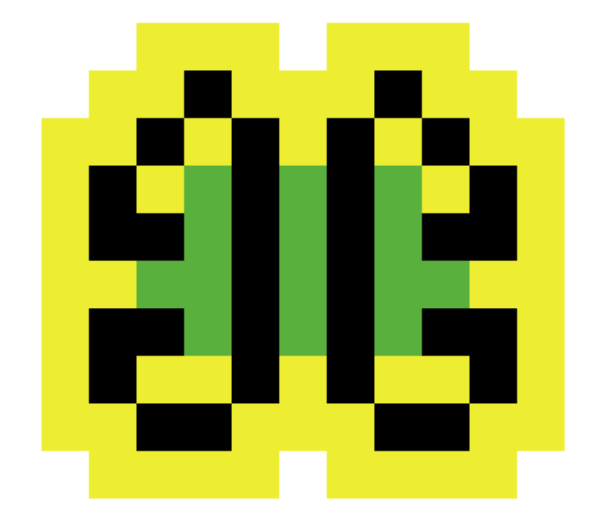- tags
- ALife 2020, Cellular automata, Autopoiesis
- source
- (Cika et al. 2020)
Summary
This paper is about the possible resistance of GoL patterns to perturbations and the structures that could enable this to happen. They also want to know if resilience is a universal property of computational systems.
They test two types of resilience:
- Additive (add one or two live cells to the pattern)
- Negative (“kill” one or two live cells from the pattern)
They use 3 metrics for resilience:
- Equality: is the resulting pattern identical?
- Inclusion: is the resulting pattern larger?
- Cosine: amount of overlap between the two patterns.
Still life patterns were ranked according to the similarity metric, and this showed that a still life that ranks high on one metric rarely rank high in other metrics. Moreover, no still life was most resilient to more than one type of perturbation.
Still life seem to tend towards brittleness. Transient lengths were no longer than 2 steps most of the time. Symmetry was not found to help resilience, but patterns with density close to 1/2 seemed more resilient.

Figure 1: Example pattern from the paper: green cells represent perturbations the pattern can resist to, and yellow cells to perturbations that will break the pattern.
Bibliography
- Arta Cika, Elissa Cohen, Germán Kruszewski, Luther Seet, Patrick Steinmann, Wenqian Yin. . "Resilient Life: An Exploration of Perturbed Autopoietic Patterns in Conway's Game of Life". Artificial Life Conference Proceedings 32 (July). MIT Press:656–64. DOI.